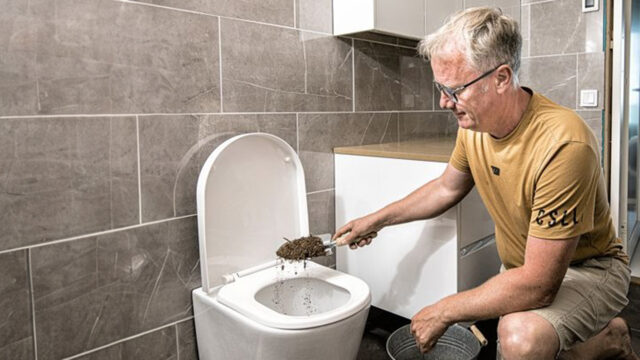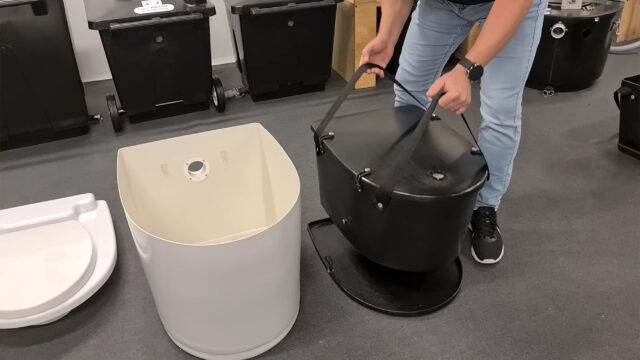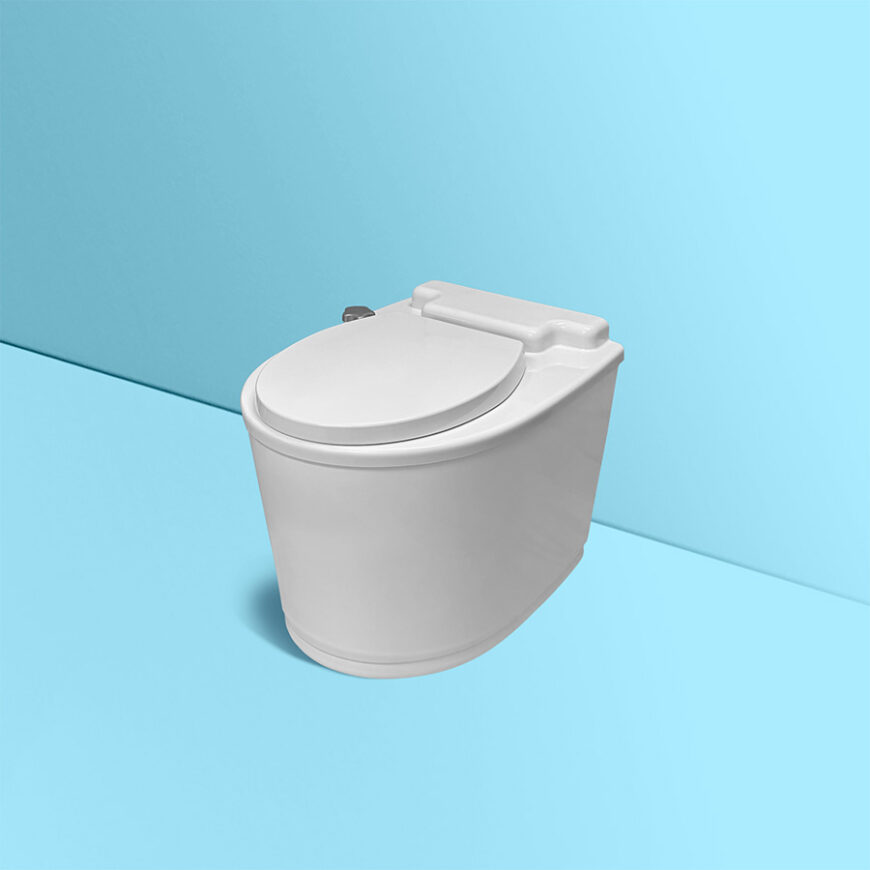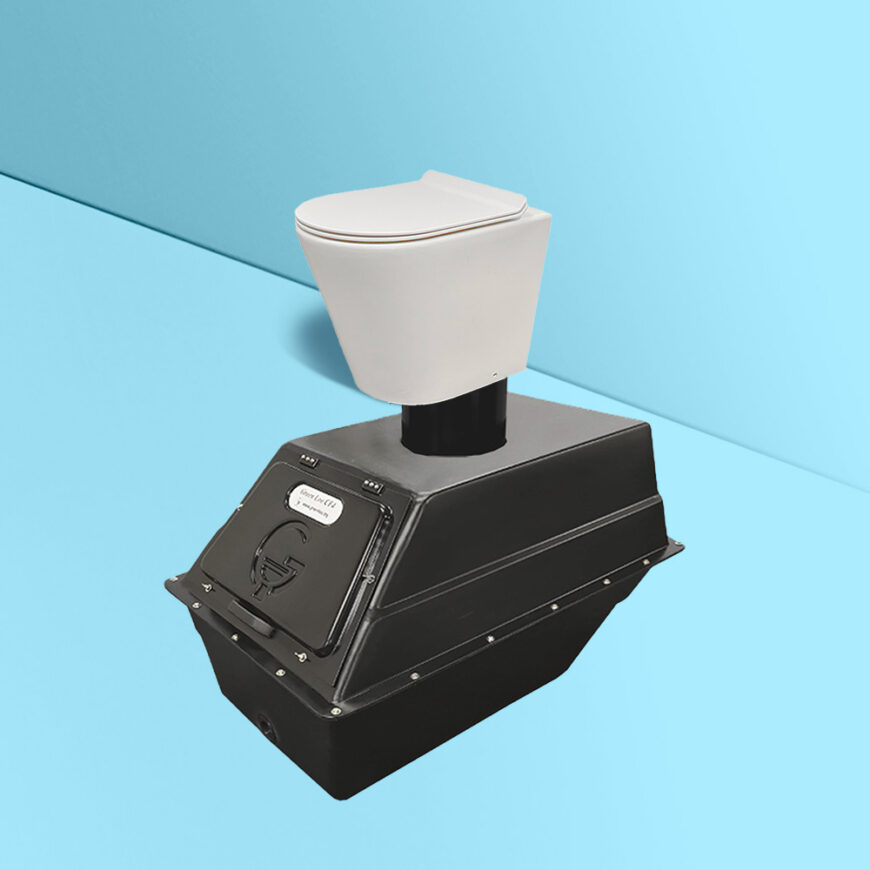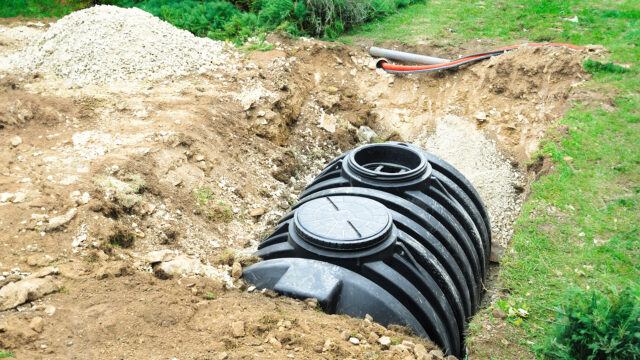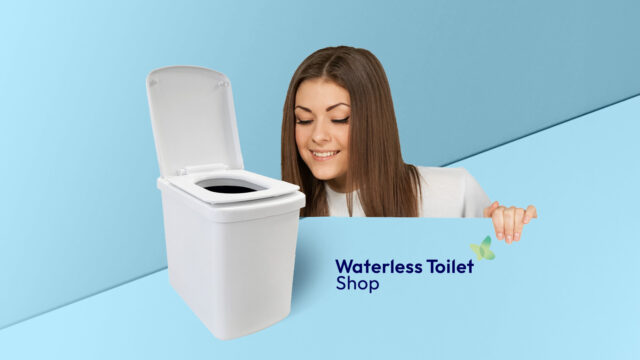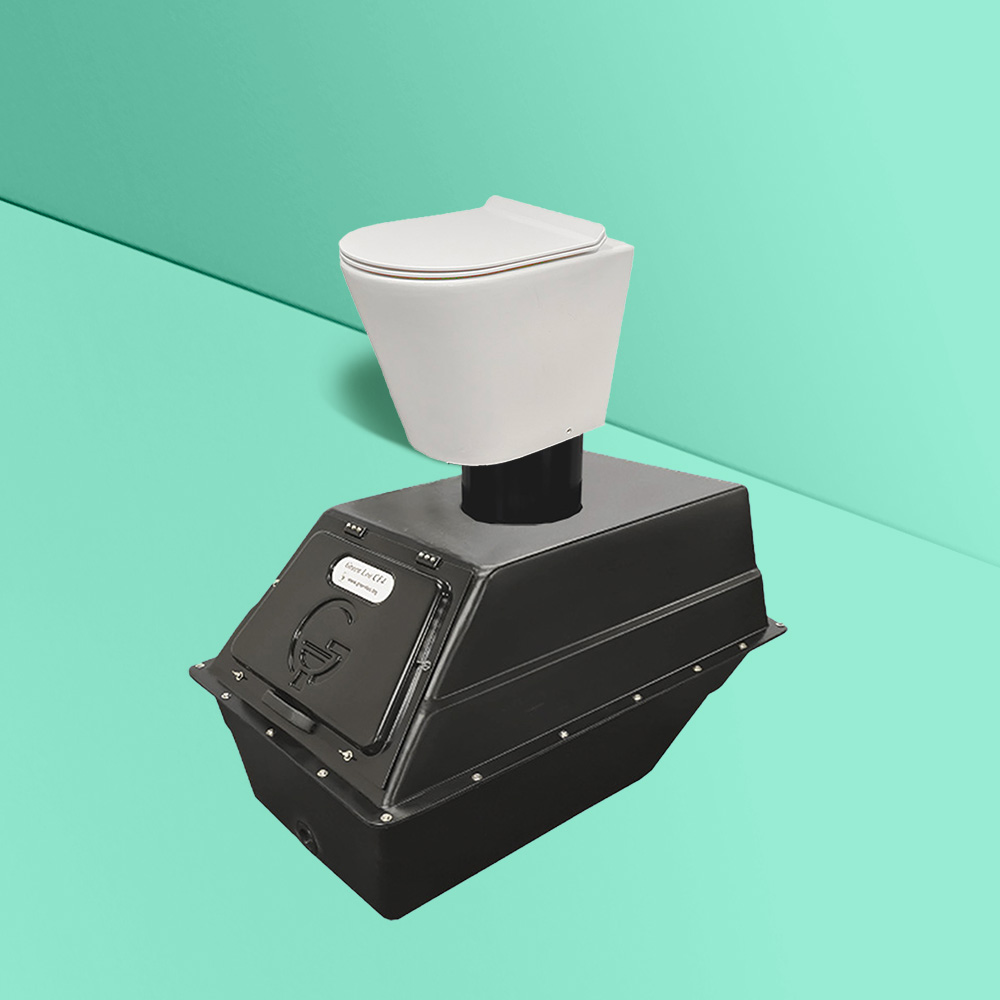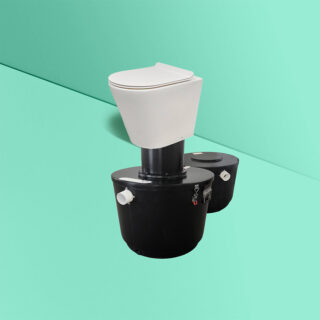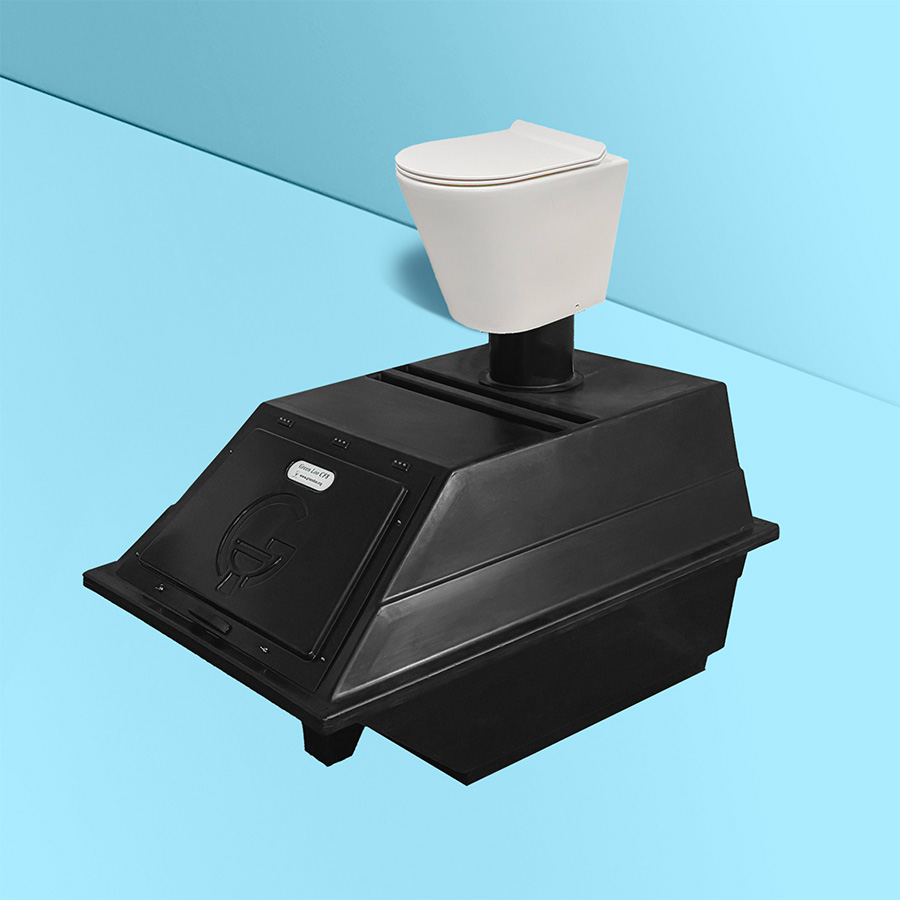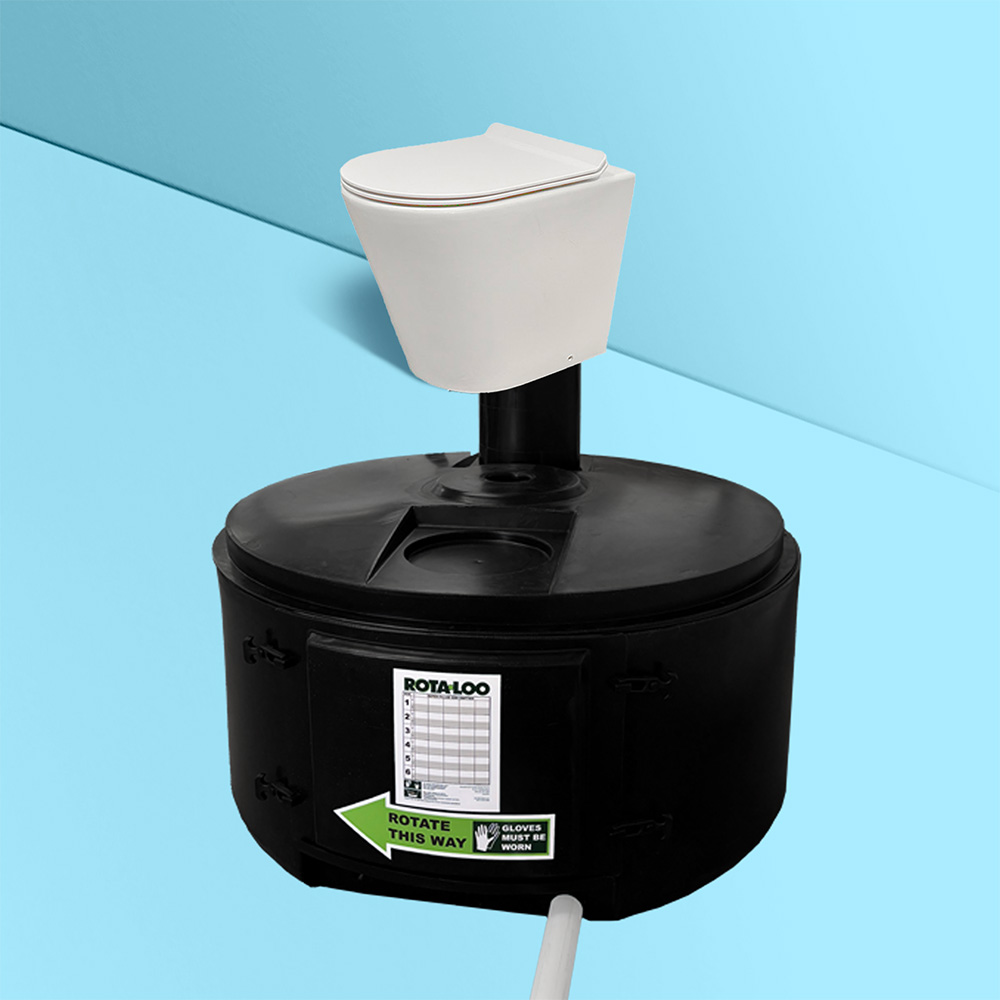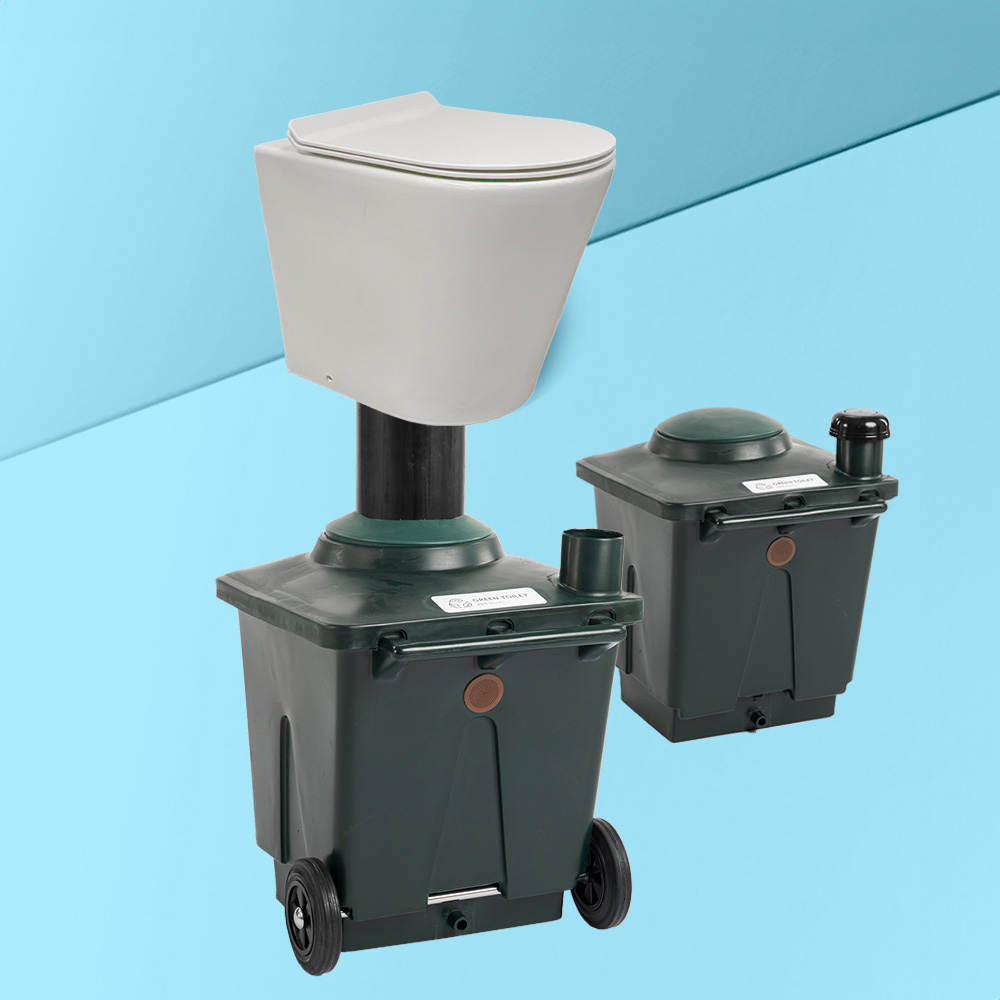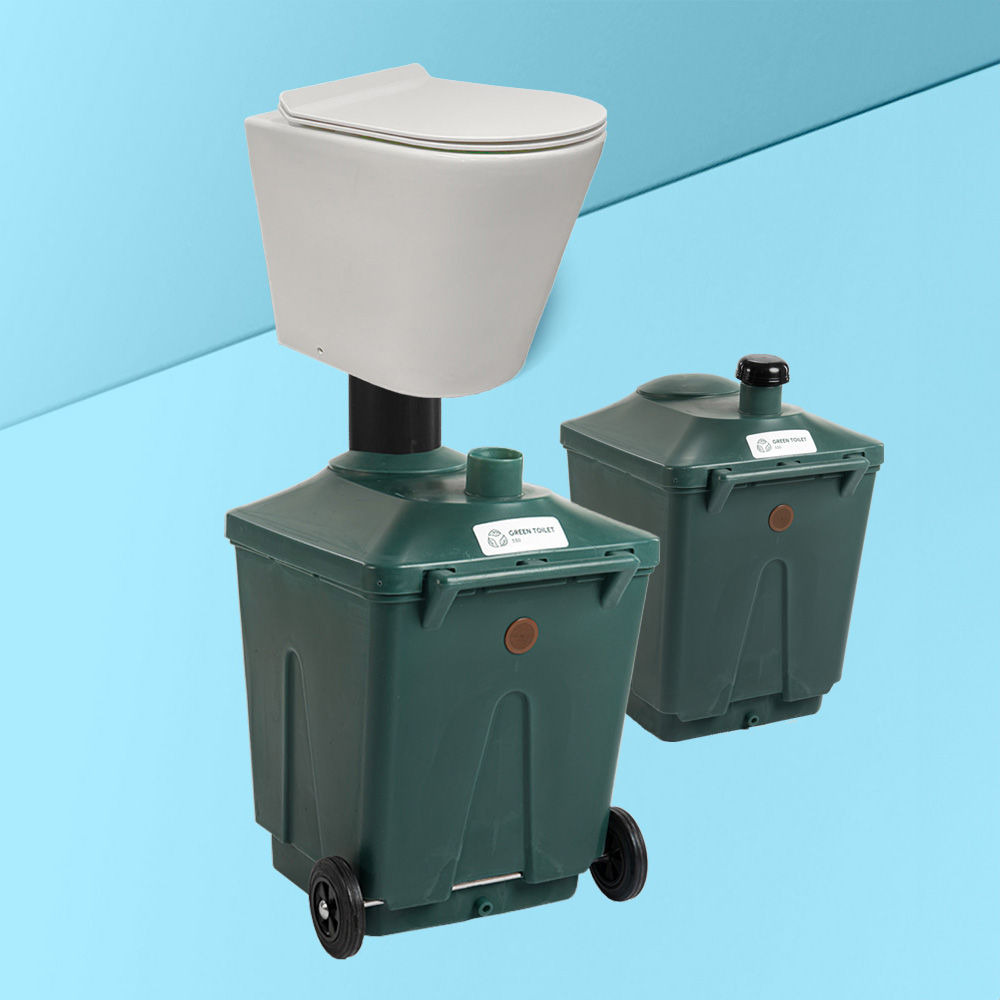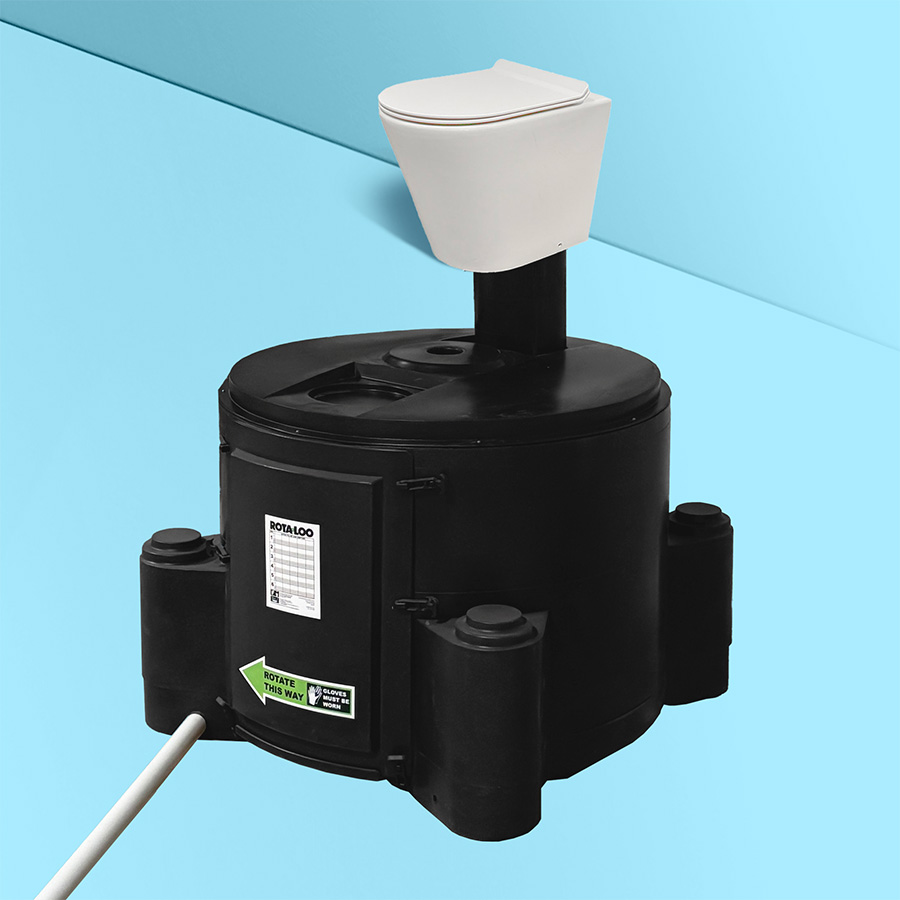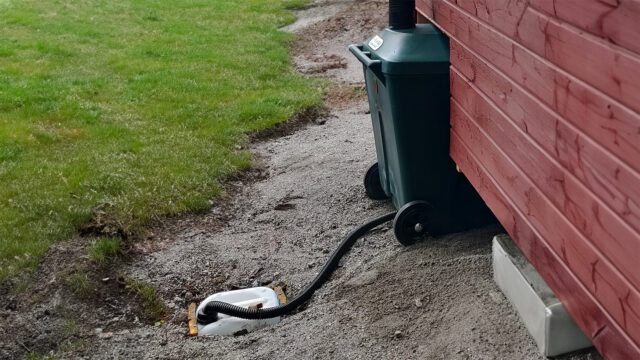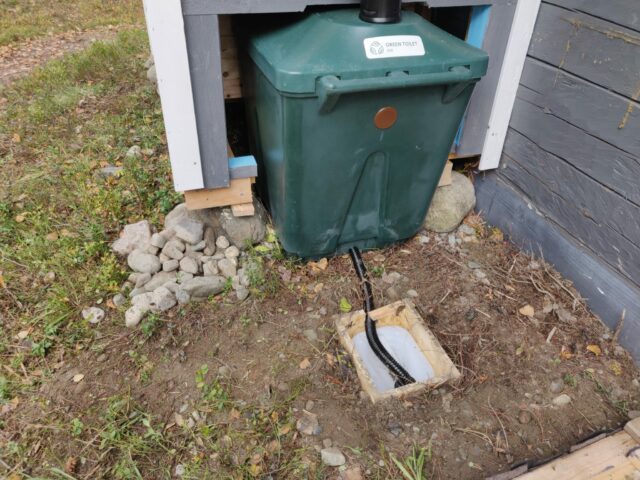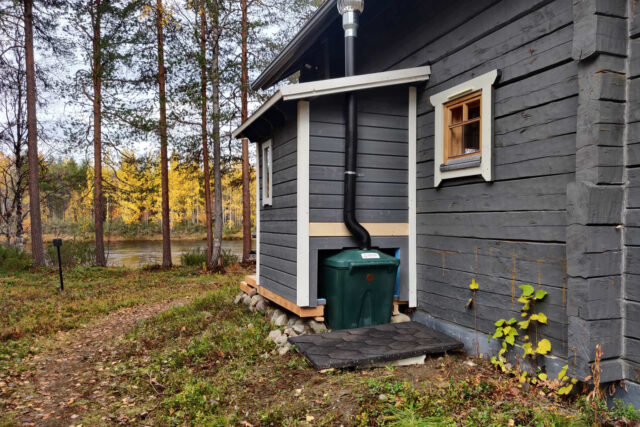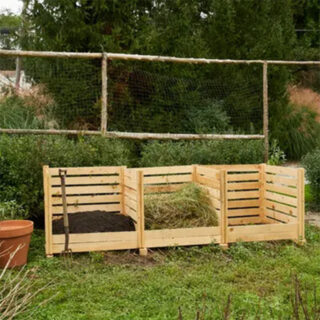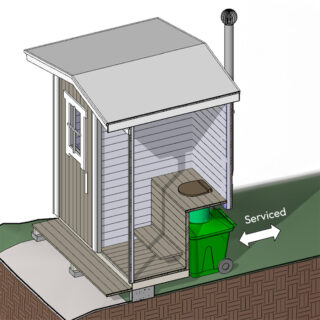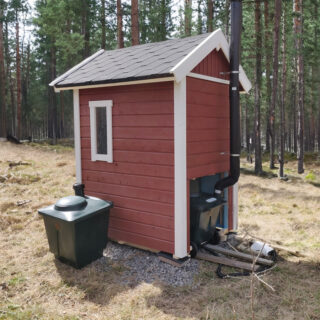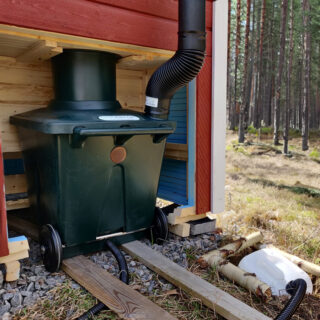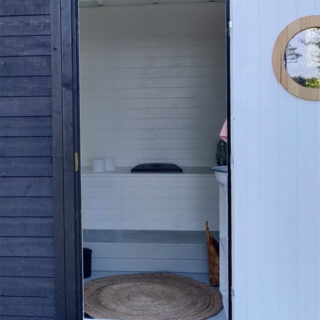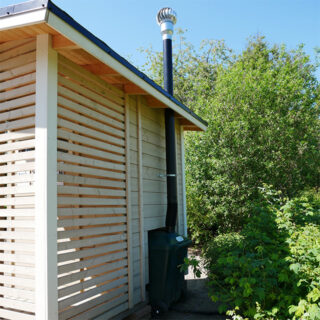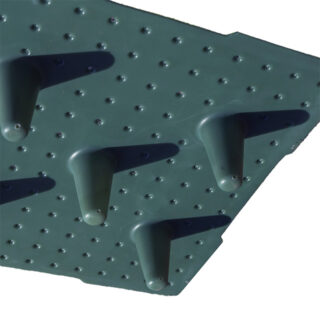What are the drawbacks of a composting toilet?
Many people hesitate to switch to a composting toilet due to concerns about potential smell issues or handling waste. However, modern composting toilets—like those available at Waterless Toilet Shop—are eliminate odors and make onsite waste management easy and hygienic. While these common fears are largely unfounded, there are some aspects of composting toilets that could be considered drawbacks. In this article, we’ll explore these challenges and offer solutions to help make composting toilets a great choice for your home, cabin, or off-grid setup.
-
The Need for Planning
Unlike traditional flush toilets, composting toilets come in a variety of models, each suited for different needs. There is no “one-size-fits-all” solution. To ensure a well-functioning composting toilet, careful planning is essential. Key factors to consider include:
- Choosing the right model – Batch, continuous, or urine-diverting? Each has pros and cons depending on usage.
- Installation requirements – Does your building structure allow for type of a composting toilet best for you?
- Maintenance expectations – Who will be responsible for occasional emptying or upkeep?
- Waste treatment and disposal – Where do you empty the solids after proper composting? How to deal with liquid waste separated from the composting toilet
To mitigate this challenge, we recommend contacting us at Waterless Toilet Shop. Our experts can help you select the best composting toilet for your situation.
-
Maintenance Is Required
While modern composting toilets are relatively low-maintenance, they do require occasional upkeep. For most users, maintenance only takes a few minutes per month or year, depending on usage. However, for elderly individuals or people with disabilities, even minor upkeep may be a challenge. If maintenance is a concern, we recommend choosing a system with an extended composting cycle or considering models that require less frequent intervention.
Learn more about maintainance
-
Space Requirements
Large-capacity composting toilets, a.k.a. split-systems, require clear underfloor space below the bathroom floor for external composting unit. This setup works well in homes with basements, crawl spaces, or raised foundations but can be challenging for structures built on slabs, concrete floors, or other space-restricted designs.
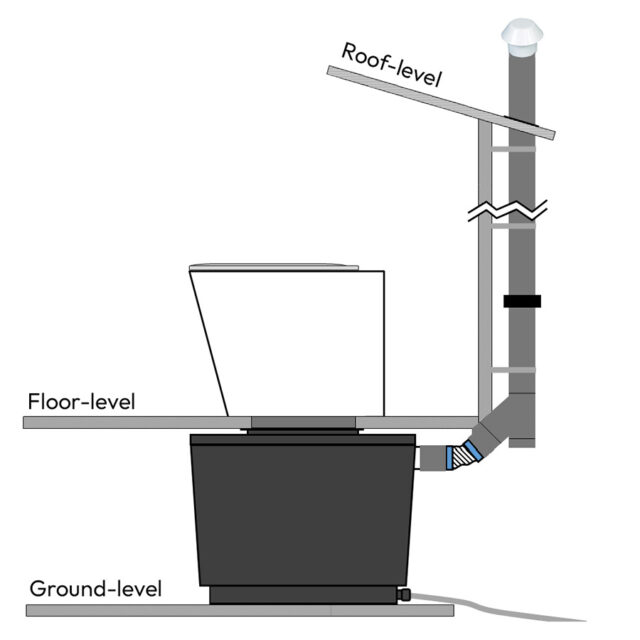
For families or larger groups using a composting toilet full-time, lack of adequate space can limit the options. If a below-floor installation isn’t feasible, alternative solutions include:
- Self-contained composting toilets that fit entirely within the bathroom
- Batch composting systems with exchangeable containers for easy waste management
- Urine-diverting models that reduce waste volume and storage needs
However, the tradeoff with these space-saving options is that they tend to be smaller in capacity and require more frequent servicing. This means emptying the composting chamber more often compared to a larger, central system. If minimizing maintenance is a priority, it’s important to carefully choose a model that balances space constraints with service frequency.
If you’re unsure whether your space can accommodate a composting toilet, we can help you explore the best options for your setup.
-
Regulations and Permitting Challenges
One of the hurdles in adopting a composting toilet is navigating local regulations and permitting. In the United States, composting toilets are often classified under alternative onsite wastewater treatment systems (OWTS), and regulations can vary by state or county. Many local codes focus primarily on septic systems and other water-based toilets, making it difficult to find clear guidelines on composting toilets.
-
Seated Use for Urine-Diverting Models
Urine-diverting composting toilets require users to sit while urinating in order to properly direct liquid waste into the urine-diverting section. This means that men who typically stand while urinating will need to adjust their habits.
A few potential solutions to this issue include:
- Adding a waterless urinal alongside the composting toilet to allow standing urination
- Choosing a non-diverting model that separates liquids from solids inside the composting chamber rather than at the seat level
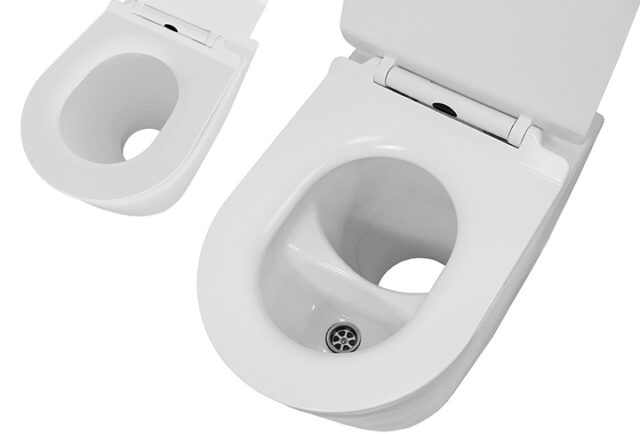
Conclusion
While composting toilets come with some challenges, most drawbacks can be addressed with proper planning, product selection, and installation strategies. Compared to traditional flush toilets, composting toilets offer significant advantages, including water savings, sustainability, and off-grid usability.
If you’re considering a composting toilet but are unsure about which model is right for you, reach out to us at Waterless Toilet Shop. We can guide you through the selection process and help you find the perfect composting toilet for your needs!


